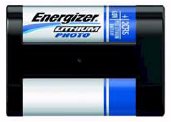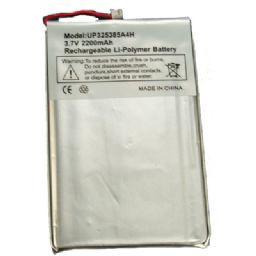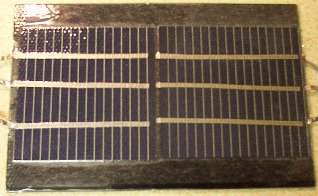This is an old revision of the document!
Power Supply
For balloon payload power supplies think - compact, lightweight and able to withstand cold – the obvious choice is some form of lithium battery pack – but which?
- Lithium Thionyl Chloride (Li-SOCl2) - these typically have a voltage of 3.6V per cell – very good operating temperature range (some to –60degC) however they a poor current capability (with an AA sized battery typically not able to sustain more than a few 10s of milliamps)
- Photo Lithium (Lithium Manganese dioxide Li-MnO2) – normally 3.0V per cell – good operating temperature (down to –40deg C) – more able to stand sustained loads – with AA batteries offering sustained loads of 100mA or so and occasional peaks upto an amp (enough to operate motor wind on mechanical cameras). These have a very similar energy density per unit weight to Lithium Thionyl chloride.
- Lithium Iron DiSulfide (Li/FeS2) - e.g. Energizer E2 L91 or L92 - These are 1.5V batteries which can be used as a direct replacement for ordinary Alkalines. They have Good temperature characteristics (down to -40 deg C). As good if not better current handling characteristics to the Photo Lithiums. Similar (possibly better) energy density to Lithium Thionyl Chloride/Photo Lithiums. Energizer publish a comprehensive datasheet including temperature performance profiles for their cells here.
- Lithium Polymer (Li-Poly) – normal voltage 3.7V – fair operating temperature range (down to –20 deg C) – excellent current handling characteristics – with AA sized cells (not that Li-Po cells are normally that shape) Capable of sustained loads of several 100s of milliamps and peak loads into amps. The big advantage of these cells is that they are re-chargeable (with the right charger). These have about half the energy density per unit weight of Lithium Thionyl chloride/Photo Lithium/Lithium Iron DiSulfide. Li-pos are well known for how easily they combust. Charging and discharging too fast, discharging too low and puncturing can all cause severe explosions.
- Lithium Ion (Li-ion) - similar in most respects to Lithium polymer, but can operate at lower temperatures - down to -30 deg C
Solar Cells are a possible alternative to batteries – there is plenty of sunlight above the clouds – or what about a combination of Li-Poly/Li-Ion with a solar cell charger (but be aware that incorrect charging of these batteries can cause a fire). These solar cells are on sale at Maplins BZ48C - they put out 0.45V at 400mA in bright sunlight - strip them out of their plastic case and they weigh just 8g each - size 57mm x 88mm x 2mm. (As of 14/11/09, BZ48C has been discontinued by Maplin, Order Code: N80CH seems to be the nearest replacement.)
You can also find small-size solar panels suitable for airborne purposes on: http://www.solarbotics.com/




